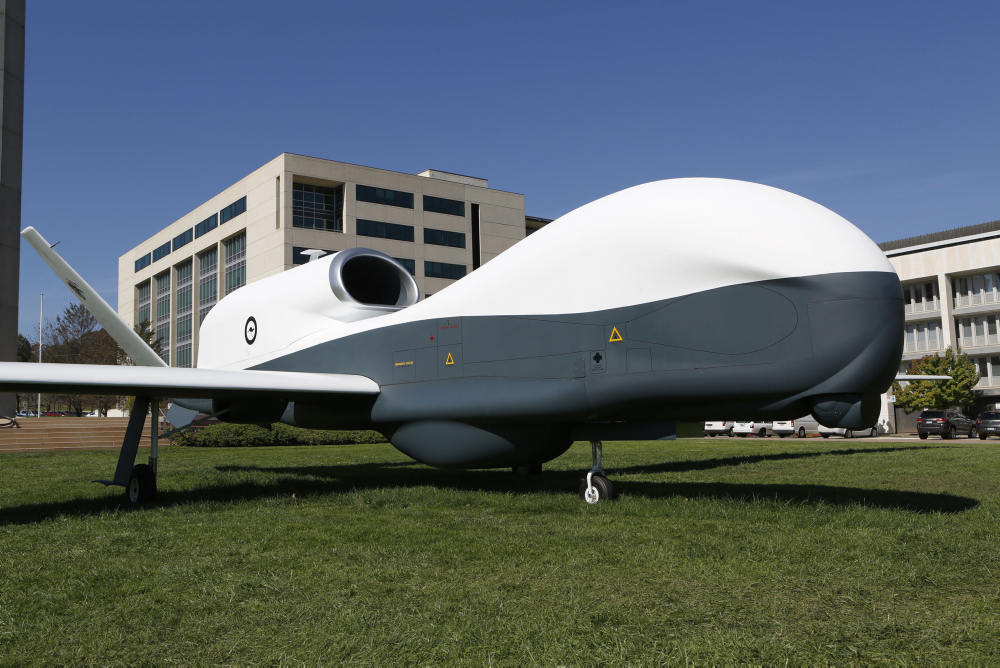The Coming of the Triton: The Perspective of Air Commodore Crag Heap, RAAF
The RAAF is standing up its P-8A and Triton force at RAAF Edinburgh in South Australia.
The two are physically “replacing” the P-3’s classical maritime patrol and response capability, but are actually capable of much more than their predecessor, and therefore need to be considered through a different lens.
With regard to Triton, AIRCDRE Heap highlighted how the new platform would add a significant new capability not simply to provide greater SA but to drive more effective decision-making in the operation of the ADF.
Notably, it can operate over Australian territory or in the maritime reaches to provide a more persistent and rapidly deployable surveillance capability.
Triton will enable ADF task forces to gain swift and credible real time information to shape not just where to go, but how to build an appropriate task force for a specific mission.
“For example, in a HADR event, the first asset to arrive in the future would conceptually be a Triton.
“Currently, we would normally send a P-3 out to conduct ISR.
“For a Pacific island scenario, with tasking and then extreme time and space issues, it can take about 12 to 24 hours to get an asset on station, let alone have an analysed product to inform higher decision making.
“With Triton it will deploy much more rapidly with tremendous persistence and an ability to push various critical pieces of information back in real time.
“The result is that we will know what to put on the C-17, or the amphibious ship as we send aide to the country suffering the HADR event.
“We will know that a hospital is damaged or an airfield unusable or degraded, including what we will need to restore essential services.
“And with that information we can better prepare an appropriate Task Force to support the nation”.
“The Triton piece is very important because it’s a different concept of operation, Wide Area Surveillance WAS (WAS).
“With manned P-3s and P-8s we have to go to the event. With Triton we can deploy the manned assets to the area of interest prior to engaging the rest of the force, to more efficiently and effectively assign resources and taskings”.
AIRCDRE Heap emphasized as well that Triton plus the manned response aircraft, plus space provides redundant capabilities, and such capabilities are crucial in contested operations.
Without redundancy, one has less assurance of the flow of information to deploy and execute the mission’s central to the force.
The featured photo shows a full scale mock up of the MQ-4C Triton Unmanned Aerial Vehicle, at Field Marshal Sir Thomas Blamey Square, Russell Offices Canberra.
April 14, 2014.
Photo Credit: Australian Department of Defence

